It’s camping season and my neighbors told me the other day they were thinking of heading out on a Friday night to camp at a popular state recreation area in order to “get away from it all” on a nice weekend.
Hmmm …
I wanted to tell them that most likely, they were heading to an area to where it all will be happening with quite a few people there.
Admittedly, I don’t want to be around big crowds when I’m outdoors.
But how do you steer clear of crowds when you’re trying to plan a spring or summer camping getaway with family or friends?
Here’s some advice from our Nebraska state park superintendents, conservation officers and wildlife and fisheries biologists:
*Weekdays are it! If possible, forego the weekend period — Friday night through Sunday night is the prime time for most folks to pitch a tent or park an RV. Monday nights are better for overnight stays. Weeknights in the middle of the week, Tuesday through Thursday, are the best stretch for camping. Plenty of privacy and quiet relaxation times are present then. Not only are more campsites available for the choosing, so are increased opportunities for fishing, boating, hiking, biking and playground space.
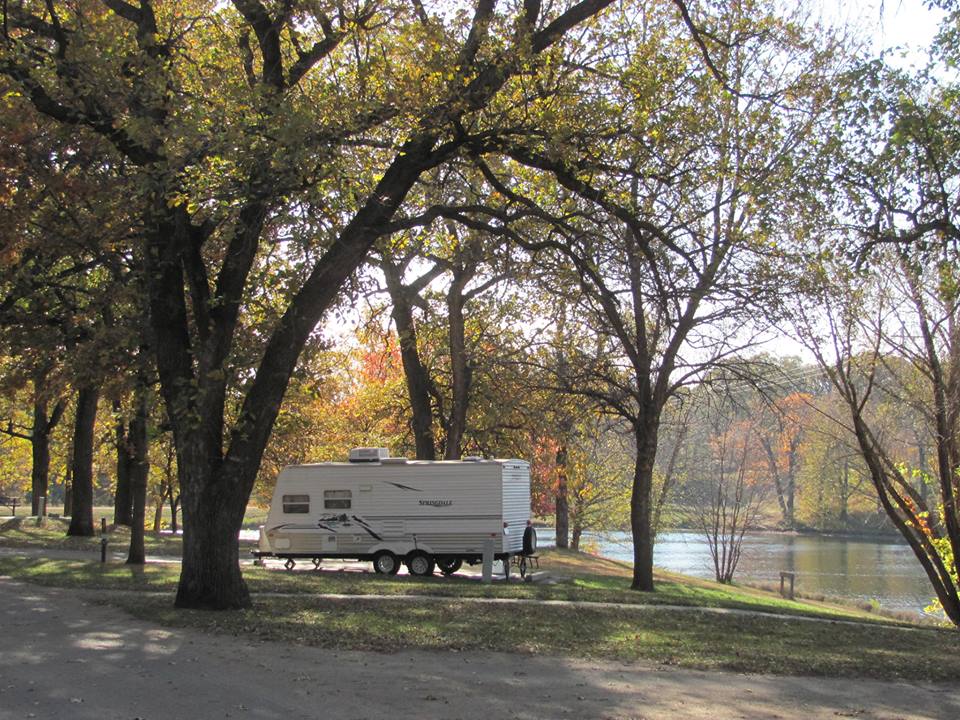
*Pass on the party. Keep in mind state park areas with lots of planned activities, functions and attractions draw the most campers, so seek an area that may be more laid back regarding the number of events. Also, be aware of significant celebrations in nearby communities or county fairs that can draw big crowds to campgrounds.
*Think small or go wild! Stay at a smaller state recreation area just off the beaten path. Nebraska has 76 areas in its state park system so it should not be difficult to find one to your liking with some advanced recon not too far from where you live so you can save fuel money. And don’t overlook some of our rural state wildlife management areas with their primitive campgrounds either. Some that quickly come to mind are Grove Lake, Pressey and Burchard Lake. Unless otherwise posted or restricted by special area regulations, you should know state wildlife management areas are open to pack it in/pack it out backcountry camping and the use of propane/gas stoves and charcoal grills for outdoor cooking unless a burn/fire ban is in effect. Campers venturing to state wildlife management areas should consider purchasing a habitat stamp. Many people do not realize that hunters who purchase habitat stamps along with their permits fund state wildlife management areas.
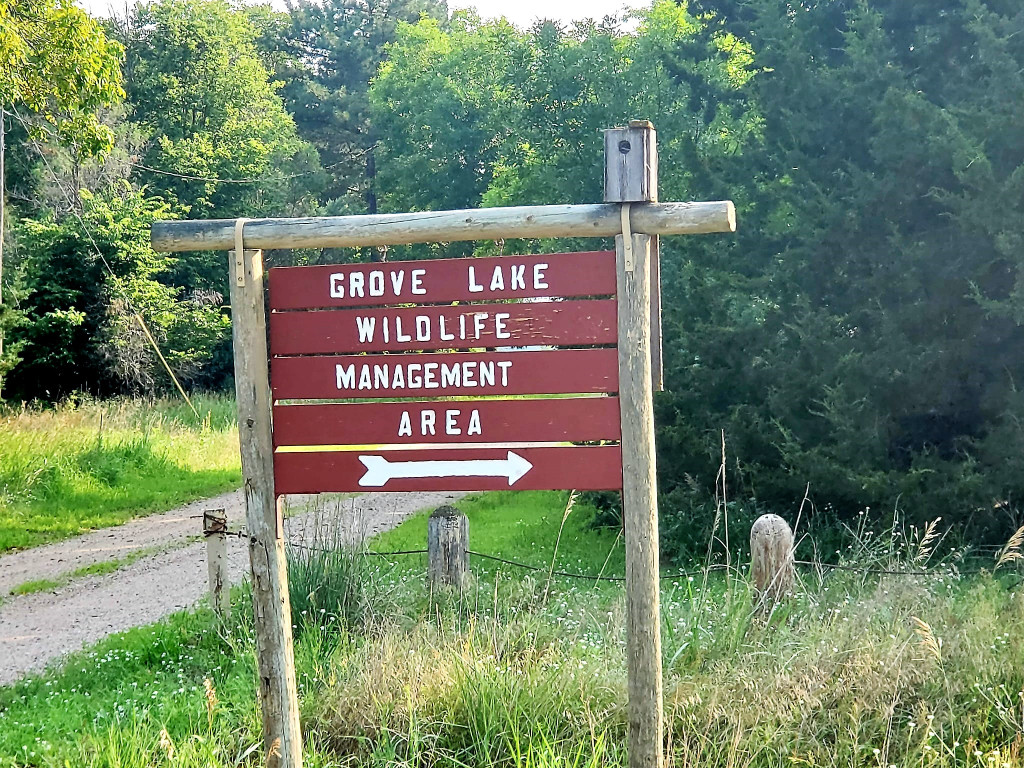
*Larger parks equal more hideaways. Don’t rule out the larger state parks for camping. Most of the larger state parks are expansive and have many places where you can camp, even backpack or rucksack camp. Indian Cave, Ponca and Fort Robinson are couple examples that have lots of acres available where you can truly escape the hustle and bustle of a contemporary campground. It is not uncommon to find campgrounds offering RV campsites without any hook-ups.
*Living without comfort eliminates traffic. Be willing to give up some of the modern campground amenities or facilities such as shower houses, restrooms, water spigots, picnic tables, etc. and select an area that would have the characteristics of wilderness. Make sure you check regulations, come prepared and bring all the supplies you’ll need for your adventure that some call dispersed camping. Essentially, dispersed camping is the term given to camping on public land other than in designated campgrounds or campsites. The Nebraska National Forests and Grasslands offer dispersed-type camping. Yes, you’ll be really “roughing it,” but think of the solace!
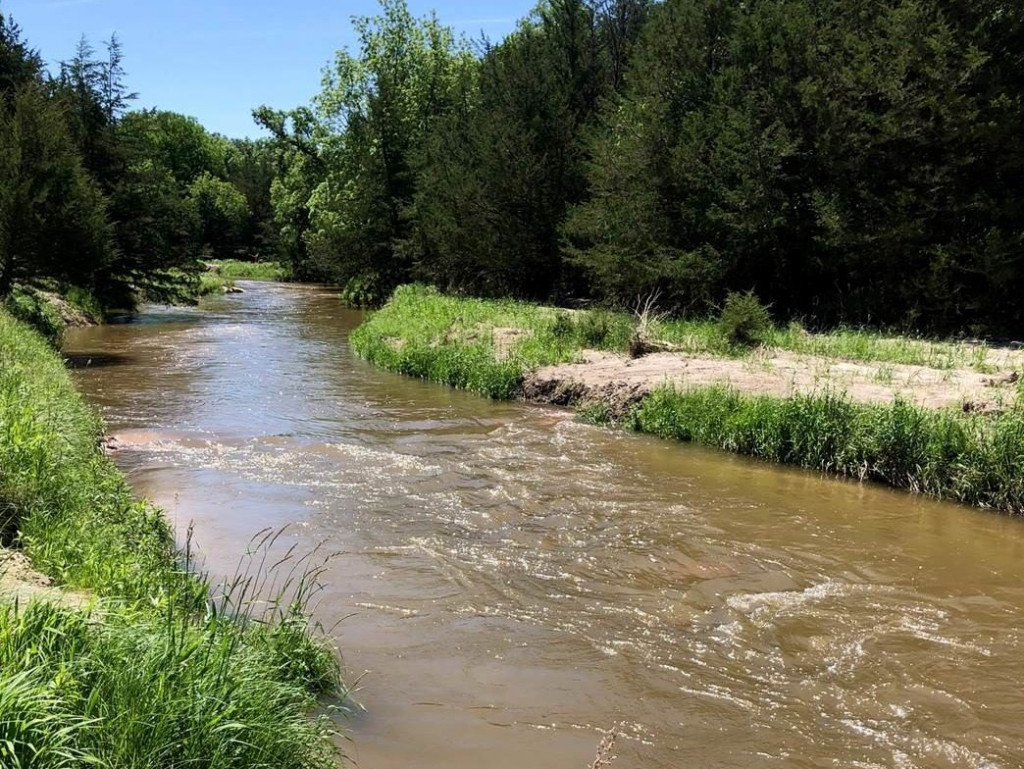
*Consider boondocking with an RV. Sick and tired of camping at full- capacity campgrounds? You may want to try boondocking. Boondocking in an RV is essentially self-sufficient camping, which means having no water, sewer or electrical hookups available. This translates to parking your rig in the backcountry where permissible or pulling over to spend the night at another location like an empty parking lot, if allowed and deemed safe.
*Look for the calmer waters. Select a public area to camp that does not allow open power boating and associated water sports. Water recreation in summer can bring a crush of individuals and the constant hum of boat motors. Public areas that have camping with no-wake boating or non-powered boating would be suggested.
*The harder the trek, the greater the reward! Pick a campsite that would not be easy to reach. Opt for a campsite that would be furthest from parking lots, maybe in the corner of an area and perhaps with a habitat or water buffer or specific land feature that might shield you from other campers. A broad stand of mature trees, island of vegetation or no-wake or non-powered boating lake all can provide a good barrier for seclusion as does a hill or curve in the campground road. Keep an eye out for these kinds of campsites. Sure, it means probably lugging all of your camping gear a greater distance and it may be a bit buggier, but the solitude will be worth the extra effort!

*Paddlers can go remote. For paddlers along various rivers and streams, use a water trail campsite that may be only accessible by the water. Isolated campsites, whether established or accessed with landowner permission, are perfect for crashing at the end of an enjoyable day with the soothing sounds of flowing water. You’ll also appreciate the crackling of a small campfire, the croaking of bullfrogs and the mild buzzing of insects as the only other noises being heard.
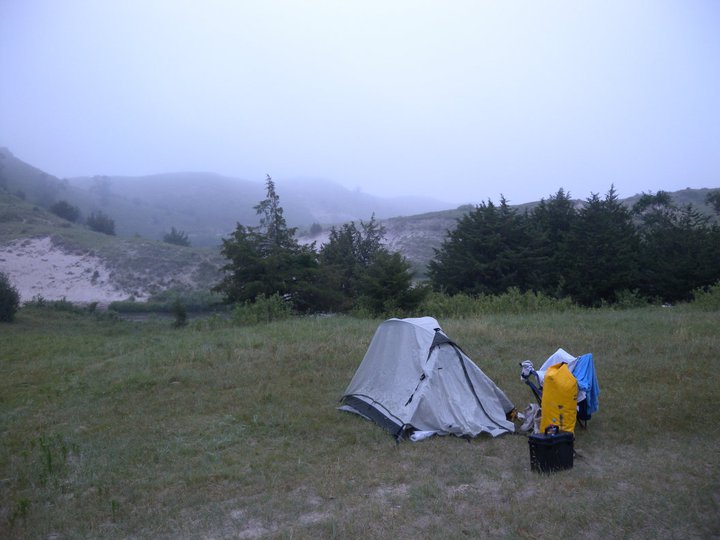
Remember, with savvy strategies to your camping plan and going without some conveniences, it is possible to avoid the crowds and experience tranquility in nature with an overnight excursion — even with a busy camping season upon us.
Get more information about areas where you can camp at www.OutdoorNebraska.gov
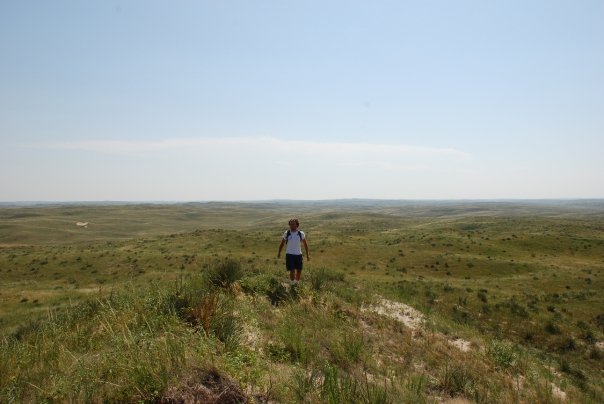
The post How to Avoid the Crowds When Going Camping appeared first on Nebraskaland Magazine.
















